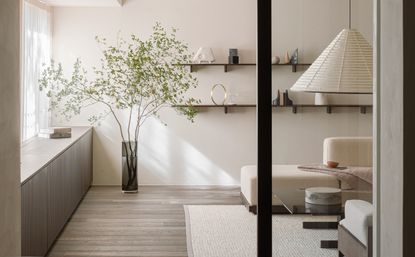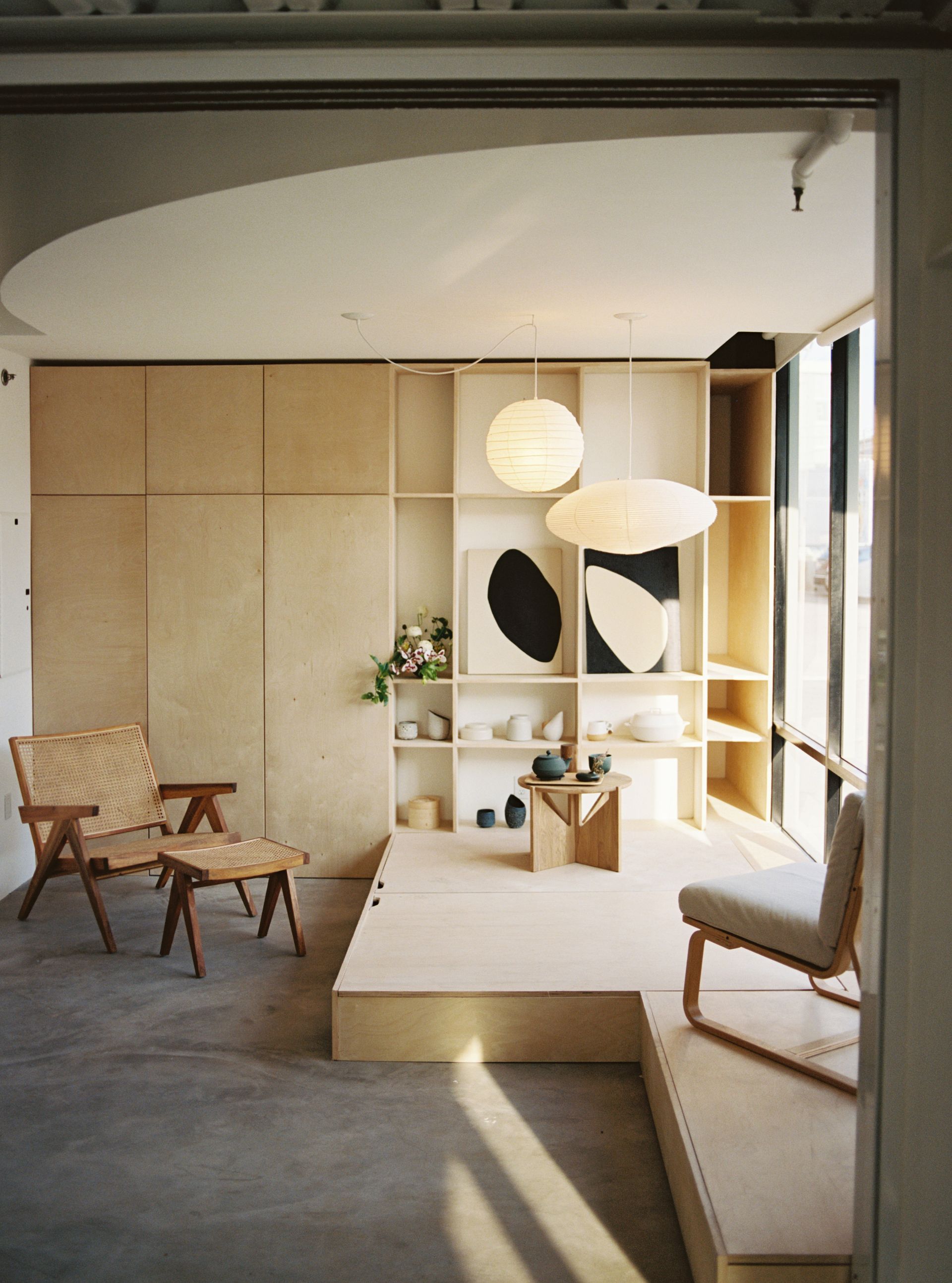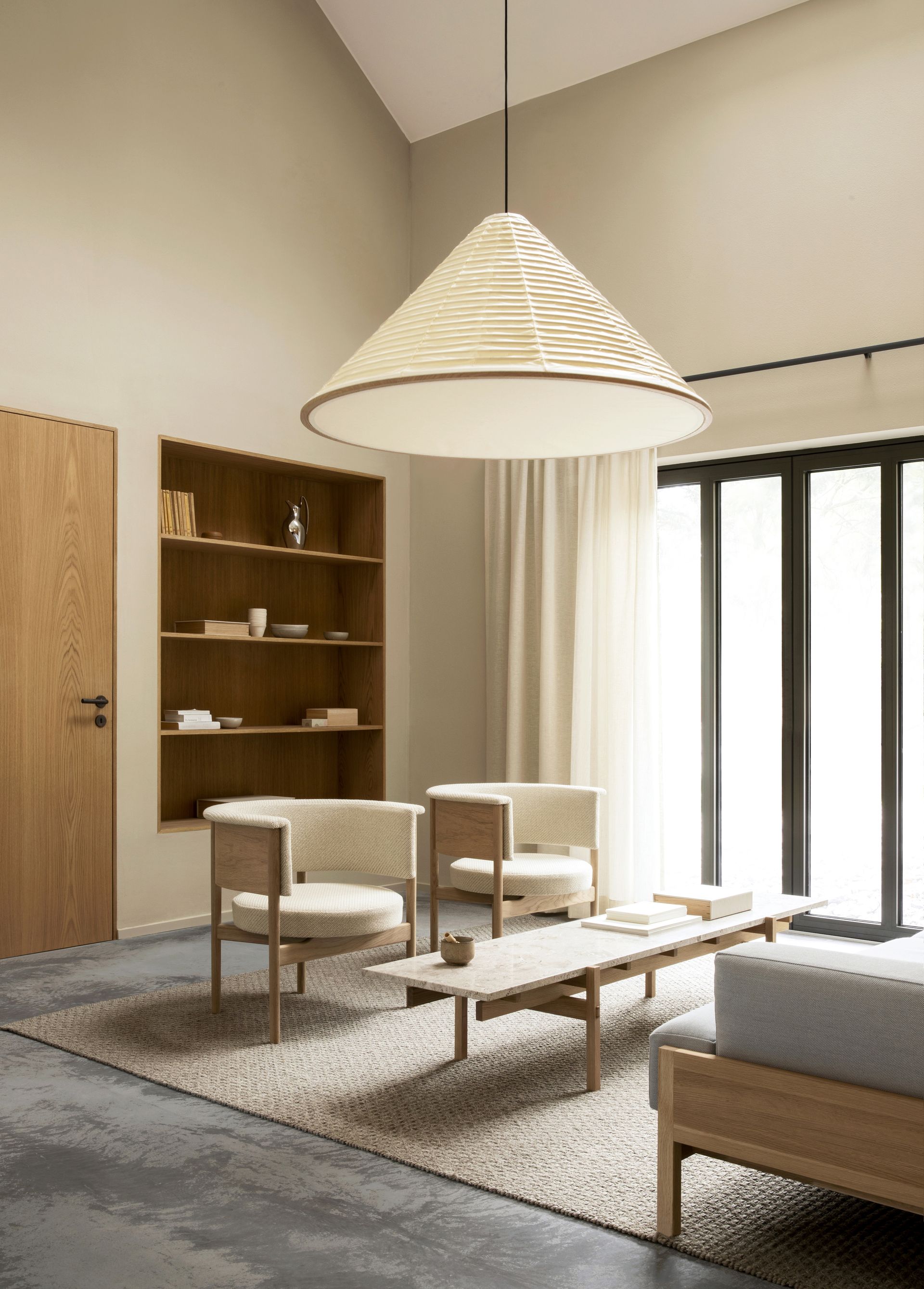6 Japanese Organizing Techniques You Need to Know About for a Less Cluttered Home
There’s plenty to learn and take inspiration from when it comes to Japanese decluttering and organization techniques — here's a breakdown of what they are, and how to apply them to your home


Japan has a reputation for its minimalist interiors, something that professional organizer Marie Kondo undoubtedly brought even further into the spotlight when Tidying Up With Marie Kondo first burst onto our screens.
However, Marie Kondo's method for decluttering and organizing is only one of the organizing techniques that originate from Japan. Here's a quick run down of some of the ideas for how to declutter your home that could just help you become more minimalist.
1. The KonMari Method

Let's begin with the one you’ll most likely know or at least have heard of – the KonMari Method by Marie Kondo. The KonMari Method is a popular organizing technique that focuses on decluttering and organizing based on the principle of only keeping items that ‘spark joy’, making it a part of your lifestyle, ensuring you will never again relapse to clutter.
Unlike a lot of other decluttering methods, this one takes into consideration the emotional aspect of organizing, something people often struggle with is decluttering or finding a home for sentimental items so this feels perhaps a little more understanding.
However, it’s not always that realistic to approach decluttering with ‘sparking joy’ being your rule to whether something stays or goes. 'If you threw everything out that didn't spark joy you would get rid of your toilet brush,' explains Ben Soreff, 'Instead, focus on the Marie Kondo goals. Ultimately, we want to be able to find what we are looking for because it has a home in our space and we also want to be more productive. We don't want to focus on what we are throwing out, this can lead to regret and anxiety, we want to focus on what we are keeping. Once we have the amount we are keeping we can decide on the best storage solution. Items we don't use often like holiday decor or keepsakes should live more remotely in places like the attic, basement or garage.'
This time of year it may be helpful to do the seasonal winter/summer swap with sweaters and boots for swimsuits and flip flops.
2. Oosouji

Oosouji is the practice of a big year-end cleaning. It's more than just physical cleaning, closely associated with well-being, it’s an act of healing; cleansing the home as well as the mind and starting the new year fresh.
The word Oosouji roughly translates to ‘big cleaning’. Traditionally, it takes place around December 28 every year. The aim is to welcome the new year, leaving behind any negative or unnecessary remnants of the past that are no longer useful. However, it can be carried out at any time.
The key to this method is in the planning, ensuring you have the time to fully commit and thoroughly carry out the task in hand.
3. 5 S Framework

Originating from Japanese businesses, 5S stands for five words, Sort, Set in order, Shine, Standardize, Sustain – a methodology that can easily be adapted for home use.
It advocates for workplace organization and can be applied to home settings for creating a clean, streamlined and well-organized space, helping to reduce waste and optimize productivity long term.
4. Danshari

Danshari, translates to ‘life cleanse’, and this method is all about refusing to bring in stuff you don't really need, getting rid of things that don't serve a purpose in a positive manner, and realizing that you're more than just the stuff you own.
Encouraging a deeper reflection on our relationship with material possessions and supporting the whole less-is-more lifestyle.
5. Ma

The concept of “Ma”, which roughly translates to “negative space”, gives a whole new meaning to the words “gap” or “pause”. When we are constantly buying things and filling our homes with new items, striving to be busy and fit in as many possible things within each day.
Ma is what makes us stop for a while, a space and time to reflect amongst the day to day chaos. A minimalist space like this in a home allows you somewhere to breathe without being visually overwhelmed. This may be one to consider to achieve long term.
6. Wabi-Sabi
Wabi-Sabi is more of a philosophy than a decluttering technique, but it’s still relevant. It means embracing the beauty of imperfection. Appreciating the old and imperfect items, rather than buying new, flawless things. You can begin by aiming for minimalism, using storage solutions that maximize space, and being mindful of the items that truly bring joy and value to your life. Regularly reassessing will help keep on top of the organization to create that safe tranquil home your desire. The minimalism will only enhance the beauty of those imperfections and make them much more of feature.
There are similarities amongst each technique and they closely tie in with well-being and cleansing your mind as well as your space. Even if you don’t follow each and every step to these techniques, keeping them in mind could positively affect your home and allow you to think a little more about how important a moment of calm can be.

Price: $9.57
Author: Marie Kondo

Price: $11.11
Author: Fumio Saski

Price: $14.87
Author: Marie Kondo
Be The First To Know
The Livingetc newsletter is your shortcut to the now and the next in home design. Subscribe today to receive a stunning free 200-page book of the best homes from around the world.
Portia Carroll is an interior stylist, writer, and design consultant. With a background in interior architecture and design, she has a plethora of creative experience in the industry working with high end interior brands to capture beautiful spaces and products and enhance their qualities.
-
 How to Thaw a Frozen Pipe — Learn Everything You Need to Know in 5 Minutes With This Guide
How to Thaw a Frozen Pipe — Learn Everything You Need to Know in 5 Minutes With This GuideWinter storm caught you off guard? We asked an expert — just how do you thaw a frozen pipe?
By Hugh Metcalf Published
-
 The 12 Very Best Silk Bedding Pieces — As Our Style Editor Says: 'It's What Dreams Are Made Of!'
The 12 Very Best Silk Bedding Pieces — As Our Style Editor Says: 'It's What Dreams Are Made Of!'Slumber in lustrous luxury with the very best silk bedding sheets, duvets, pillowcases, and more — your sleep score will thank us later
By Julia Demer Published

